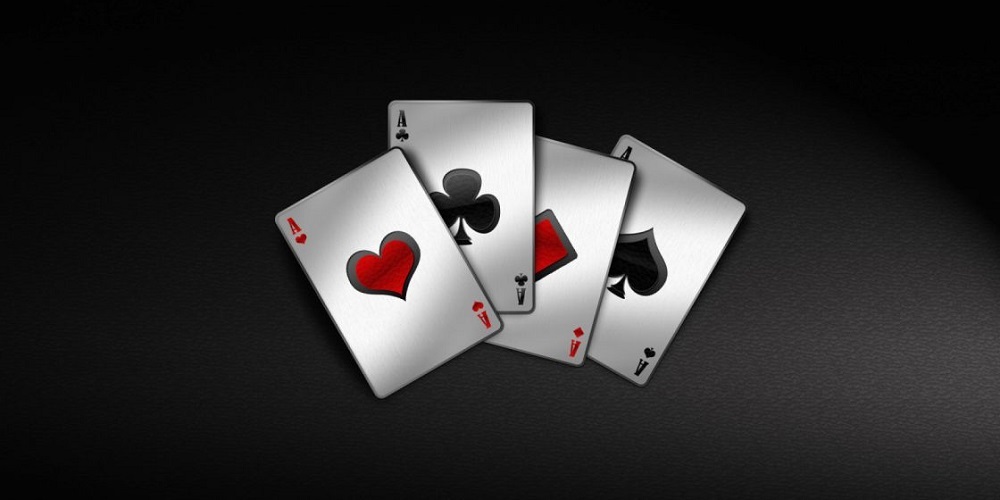We understand by odds in poker the probabilities that exist, at a certain moment of the game and under specific circumstances, of something happening. It is vital to handle this data to understand how we should focus our game, the real possibilities we have and identify vulnerabilities that allow us to withdraw before we lose our stack irretrievably.
Pot odds are the odds that take into account the relationship between our game and the pot. They are one of several types of odds that exist, and it is important to keep them in mind to know what is our real position in the game in order to obtain the maximum reward at the moment.
What are pot odds?

In poker, pot odds are those that establish a direct relationship between the outs, that is, the cards we need to win the hand, with the amount of chips we must pay to see the next card.
It is a vital calculation to know if it is convenient for us to pay a bet in search of our project. Setting limits is important when deciding whether or not to pay a bet, because if we end up paying more than we can potentially win, we will clearly be playing badly and losing money.
When we say that poker is a game of probability, this is precisely what we mean. Therefore, calculating pot odds is something basic for any player who wants to have a chance of winning the pot. Developing these skills with time, study and dedication will give you the necessary experience to face all kinds of opponents, especially in multiplayer pots, where you can’t always win and things can get tricky.
Pot odds: why you should take them into account

If you want to know how likely you are to fight for the pot and win it, you need to know what relationship exists at that moment of the game between your cards, the project you are pursuing, the cards you need (outs) and the pot. That is to say, it is the indicator that will let you know if it is worth paying or not to continue in the fight for the pot with your current project.
Poker is a game of skill rather than luck, and believe us: nobody hits the pot by pure chance. Behind it there is a whole series of calculations and data that have been extracted from mathematical formulas and calculation actions such as those discussed below. Leaving something so important for the development of the game and for your career to chance is almost like having no appreciation for poker or for your situation at the table.
But there are things to keep in mind, besides pot odds. For example, paying on the flop and leaving your project halfway can allow you to receive another bet on the turn. But beware, this is not good, because if you intended to use the technique of 2 and 4, you will see that you will have to pay to see the river card. Does this compensate you? It will depend on each case.
You will also have to combine the data you get from your pot odds calculations with the equity. This can give you a certain advantage when it comes to know how the game is facing you. Doing a multiplication and an addition at a specific moment of the game does not require advanced mathematical studies, but drawing conclusions from a more complex calculation such as equity, expected value (EV) and pot odds is much more complicated. The moral? Training, training and training.
Are there ways to calculate pot odds?

To know how to calculate pot odds in poker, it is essential to know how to deal with percentages, ratios and fractions. And not on paper, but in terms of mental calculation. To calculate pot odds, it is highly recommended that you learn how to do it:
- Transferring fractions and percentages to ratios.
- Handling different mental arithmetic operations simultaneously.
- Dividing the number of times, you calculate that you will not be able to improve your hand by the number of times you will be able to improve your hand.
- Adding the number of chips in the pot and the number of chips placed in the pot during the betting round.
- Dividing that same amount by the number of chips you have to pay.
These actions will allow you to obtain very approximate ratios to calculate your pot odds. However, it is advisable that you become familiar with a unified way of establishing your calculations so that you always express them in percentages, ratios or fractions. Therefore, the first step we suggest you take is to get used to transferring the amounts you handle to the same method of representation.
There are players who use what is called the “2 and 4 technique”, a faster method to obtain an approximate result of their pot odds. This rule states that if you multiply the outs you have by four at the moment there are two cards left, you can get the approximate percentage of times you will be able to complete your hand on the river.
Another method that can help you achieve this is to multiply the outs by two at the moment there is only one card left. The value you get will give you a value close to your pot odds. In poker, however, the accuracy of the calculations often has important consequences.
You should always know how to take the results, because an approximation is simply a reference data. On the other hand, the result of the calculation of a particular formula is a data that you should take very seriously.

